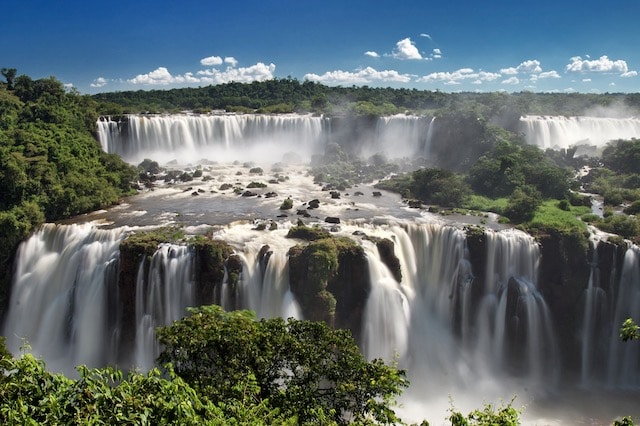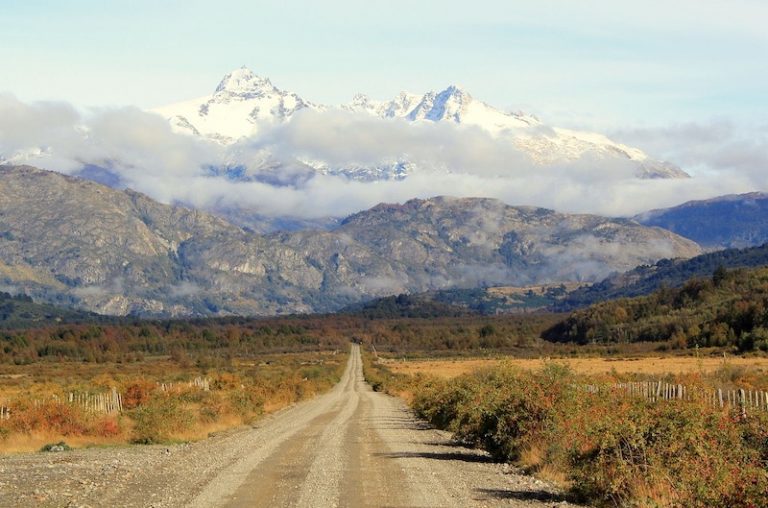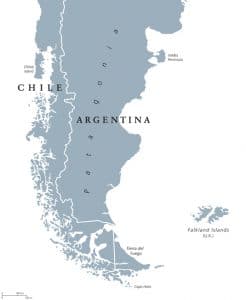Argentina is a country known for its diverse terroirs and natural richness that make it an ideal destination for wine lovers. The country has a long history of winemaking that dates back to the Spanish colonization of the Americas. Today, Argentina is the fifth-largest wine producer in the world, with a thriving wine industry that offers a wide range of varietals, including the famous Malbec.
The geographical diversity of Argentina’s wine regions is one of the country’s greatest assets. The high-altitude deserts of the eastern Andes Mountains provide the ideal conditions for growing grapes, with warm days and cool nights that help to preserve the acidity and freshness of the fruit. The country’s wine regions are also known for their unique terroirs, which are influenced by factors such as altitude, soil type, and climate. As a result, Argentine wines are characterized by their complexity and depth of flavor.
Historical Overview
Argentina has a long and rich history of winemaking that dates back to the sixteenth century. Spanish missionaries played a significant role in the development of the country’s wine industry. They brought with them grapevines from Spain and planted them in the fertile soil of the Andean foothills, where the climate and altitude were ideal for viticulture.
The first recorded vineyard was established in Santiago del Estero, in the north of Argentina, in 1551. The wine produced here was used primarily for religious purposes, as part of the Catholic mass. However, as the population grew, so did the demand for wine, and soon vineyards were established throughout the country.
Despite this early start, it wasn’t until the late nineteenth century that Argentina’s wine industry began to flourish. This was due in part to the arrival of Italian and Spanish immigrants, who brought with them new grape varieties and winemaking techniques. The industry continued to grow throughout the twentieth century, fueled by government support and investment.
One of the key figures in the development of Argentina’s wine industry was Domingo Faustino Sarmiento. Sarmiento was a provincial governor who recognized the potential of the country’s wine industry and worked to promote its growth. He was instrumental in bringing Malbec vines from France to Argentina, a grape variety that would go on to become synonymous with Argentine wine.
Today, Argentina is one of the world’s largest wine producers, known for its high-quality Malbecs and other varietals. The country’s wine industry continues to evolve and innovate, with new wineries and vineyards popping up all the time. Despite its long history, the future of Argentine wine looks bright, with continued growth and success on the horizon.
Geographical Diversity
Argentina is a country of diverse landscapes and terroirs, and this is reflected in its wines. From the Andes Mountains to the Atlantic coast, Argentina’s wine regions are spread across a vast area of the country. In this section, I will highlight some of the major wine regions in Argentina and their unique characteristics.
Mendoza

Mendoza is Argentina’s largest and most important wine region, accounting for over 70% of the country’s wine production. Located at the foothills of the Andes Mountains, the region benefits from high altitude, low humidity, and diurnal temperature variation, which is ideal for growing grapes. The Uco Valley, Gualtallary, and Paraje Altamira are some of the most renowned sub-regions in Mendoza, known for their high-quality wines. Luján de Cuyo and Maipú are also notable sub-regions in Mendoza, producing some of the country’s most iconic wines.
Patagonia
Patagonia is a relatively new wine region in Argentina, located in the southern part of the country. The region is known for its cool climate, which is influenced by the Atlantic Ocean and the Andes Mountains. The wines from Patagonia are characterized by their freshness, acidity, and elegance. Las Compuertas and Chacayes are some of the sub-regions in Patagonia that are gaining recognition for their high-quality wines.
Salta
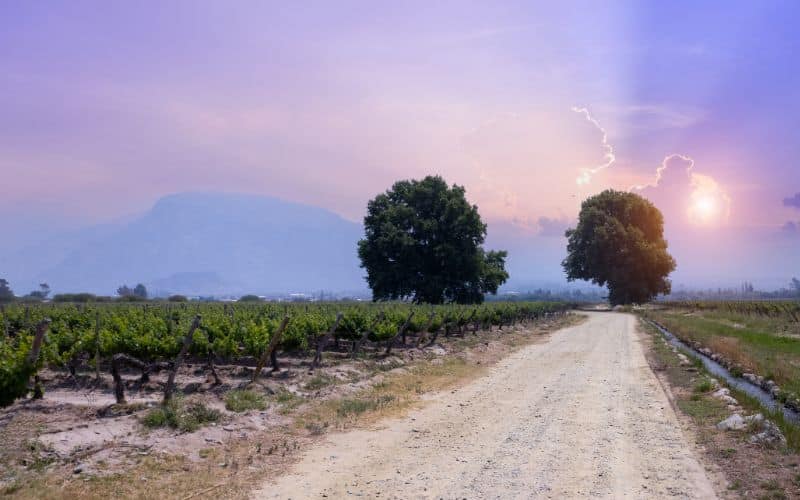
Salta is a wine region located in the northwestern part of Argentina, near the border with Bolivia. The region is known for its high altitude vineyards, some of which are located at over 3,000 meters above sea level. The altitude and dry climate of Salta result in wines with intense flavors, aromas, and acidity. Cafayate is the most important sub-region in Salta, known for its Torrontés, a white grape variety that is unique to Argentina.
Río Negro
Río Negro is a wine region located in the northern part of Patagonia, near the Atlantic coast. The region benefits from a cool climate and a long growing season, which allows the grapes to ripen slowly and develop complex flavors. Pinot Noir and Chardonnay are the most important grape varieties grown in Río Negro, producing elegant and aromatic wines.
San Juan
San Juan is a wine region located in the western part of Argentina, near the border with Chile. The region is known for its high altitude vineyards and desert climate, which results in wines with intense flavors and aromas. The Tulum Valley and Zonda Valley are some of the most important sub-regions in San Juan, known for their Syrah and Bonarda wines.
La Rioja
La Rioja is a wine region located in the northwestern part of Argentina, near the border with Chile. The region is known for its high altitude vineyards and sandy soils, which result in wines with intense flavors and aromas. The Famatina Valley and Chilecito are some of the most important sub-regions in La Rioja, known for their Torrontés and Malbec wines.
Catamarca
Catamarca is a wine region located in the northwestern part of Argentina, near the border with Chile. The region is known for its high altitude vineyards and dry climate, which result in wines with intense flavors and aromas. The Santa María Valley and Tinogasta are some of the most important sub-regions in Catamarca, known for their Malbec and Torrontés wines.
Neuquen
Neuquen is a wine region located in the southwestern part of Argentina, near the border with Chile. The region is known for its high altitude vineyards and volcanic soils, which result in wines with intense flavors and aromas. The Alto Valle del Río Negro and San Patricio del Chañar are some of the most important sub-regions in Neuquen, known for their Malbec and Cabernet Sauvignon wines.
Argentina’s wine regions are diverse and unique, offering a wide range of terroirs and styles. From the high altitude vineyards of Mendoza and Salta to the cool climate regions of Patagonia and Río Negro, Argentina’s wines are a reflection of its diverse landscapes and terroirs.
Notable Wineries
Argentina is known for its wine production, and there are many notable wineries in the country. Here are some of the top wineries that you should consider visiting:
Catena Zapata
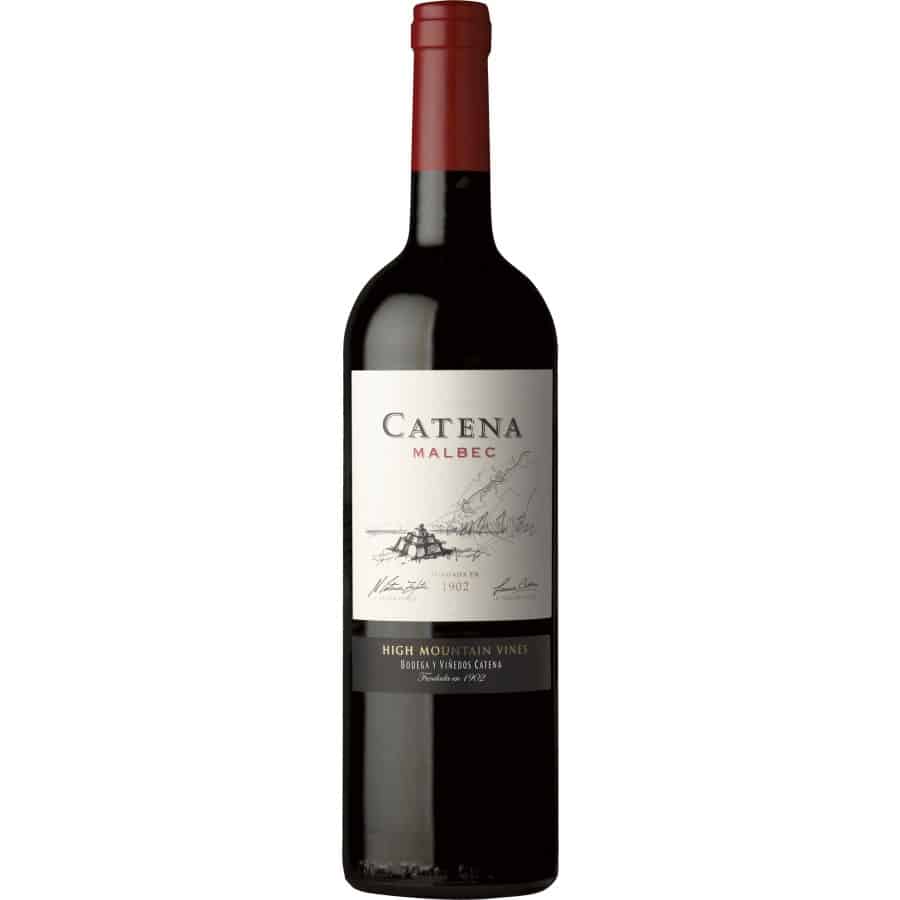
Catena Zapata is a family-owned winery that has been producing wine for over 100 years. The winery is located in Mendoza, which is known for its high-altitude vineyards. Catena Zapata is known for its Malbec, which is grown in the Adrianna Vineyard. This wine has been named Wine of the Year by Wine Advocate and Argentine Wine of the Year by JamesSuckling.com.
Zuccardi
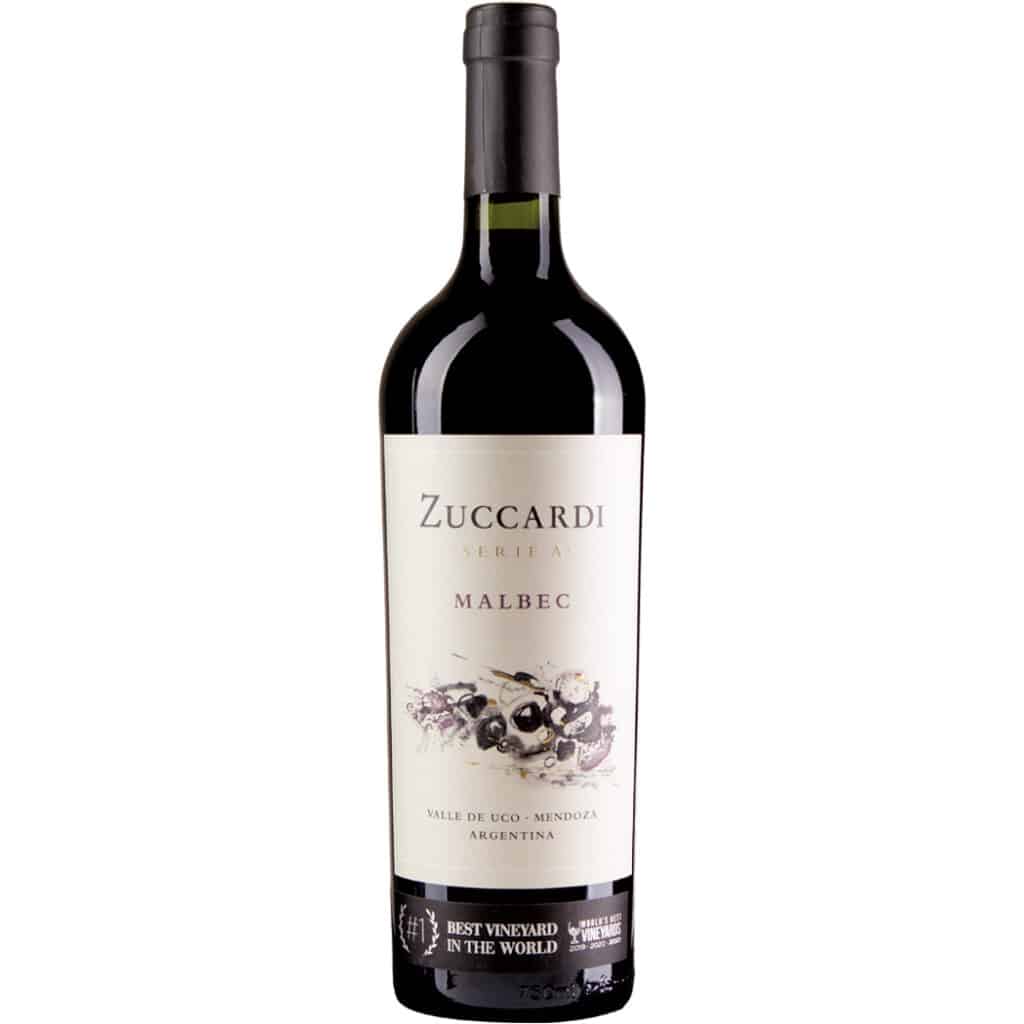
Zuccardi is a family-owned winery that has been producing wine since the 1960s. The winery is located in the Uco Valley, which is known for its high-altitude vineyards. Zuccardi is known for its Malbec, which is grown in the Finca Piedra Infinita vineyard. This wine has been named Wine of the Year by Wine Spectator.
Trapiche
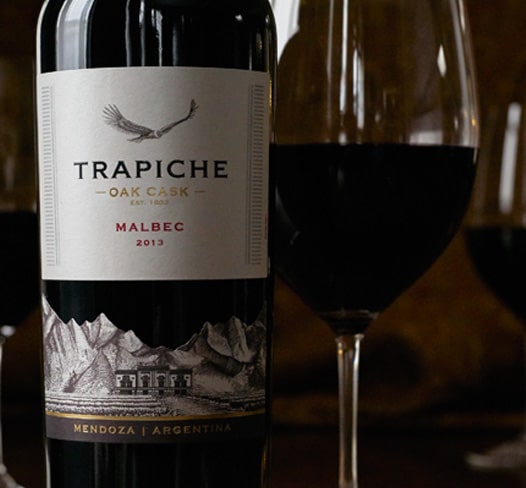
Trapiche is one of the oldest wineries in Argentina, with a history that dates back to the late 1800s. The winery is located in Mendoza, and it is known for its Malbec. Trapiche has won numerous awards for its wines, including Wine of the Year by Wine Enthusiast.
Otronia
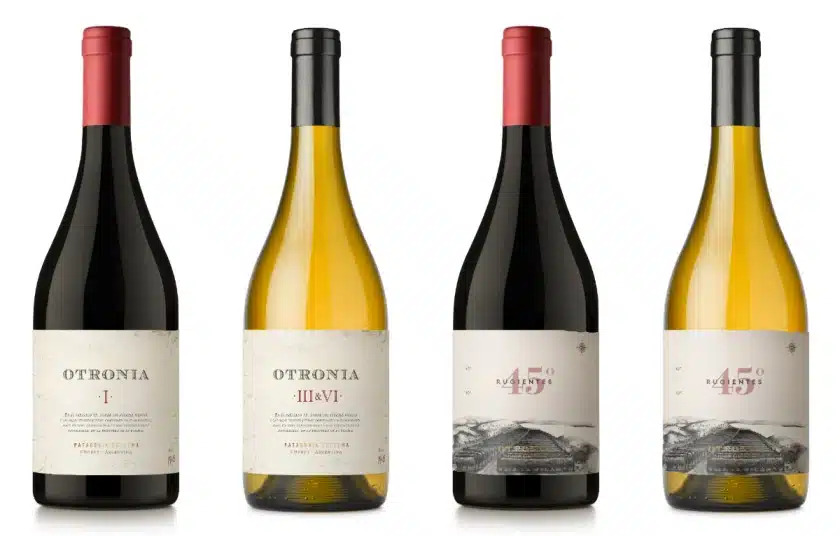
Otronia is a boutique winery that is located in the Uco Valley. The winery is known for its Malbec, which is grown in the Cheval des Andes vineyard. This wine has been named Wine of the Year by Wine Advocate.
Terrazas de los Andes
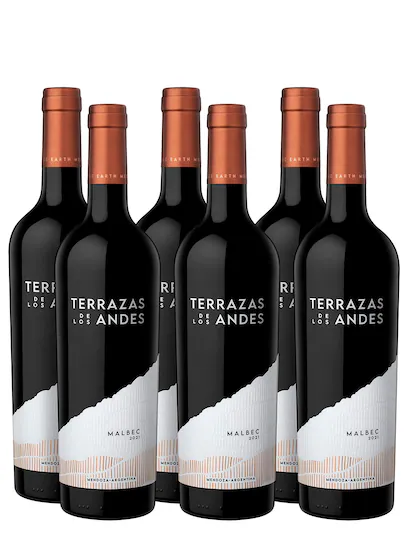
Terrazas de los Andes is a winery that is located in Mendoza. The winery is known for its Malbec, which is grown in the Las Compuertas vineyard. This wine has been named Wine of the Year by Wine & Spirits.
Viña Cobos

Viña Cobos is a winery that is located in Mendoza. The winery is known for its Malbec, which is grown in the Bramare vineyard. This wine has been named Wine of the Year by Wine & Spirits.
Bodega Colomé
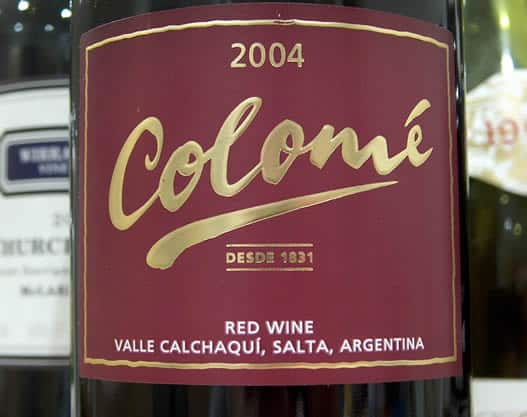
Bodega Colomé is a winery that is located in the Calchaquí Valley. The winery is known for its Malbec, which is grown in the Altura Máxima vineyard. This wine has been named Wine of the Year by Wine & Spirits.
Bodega Chacra
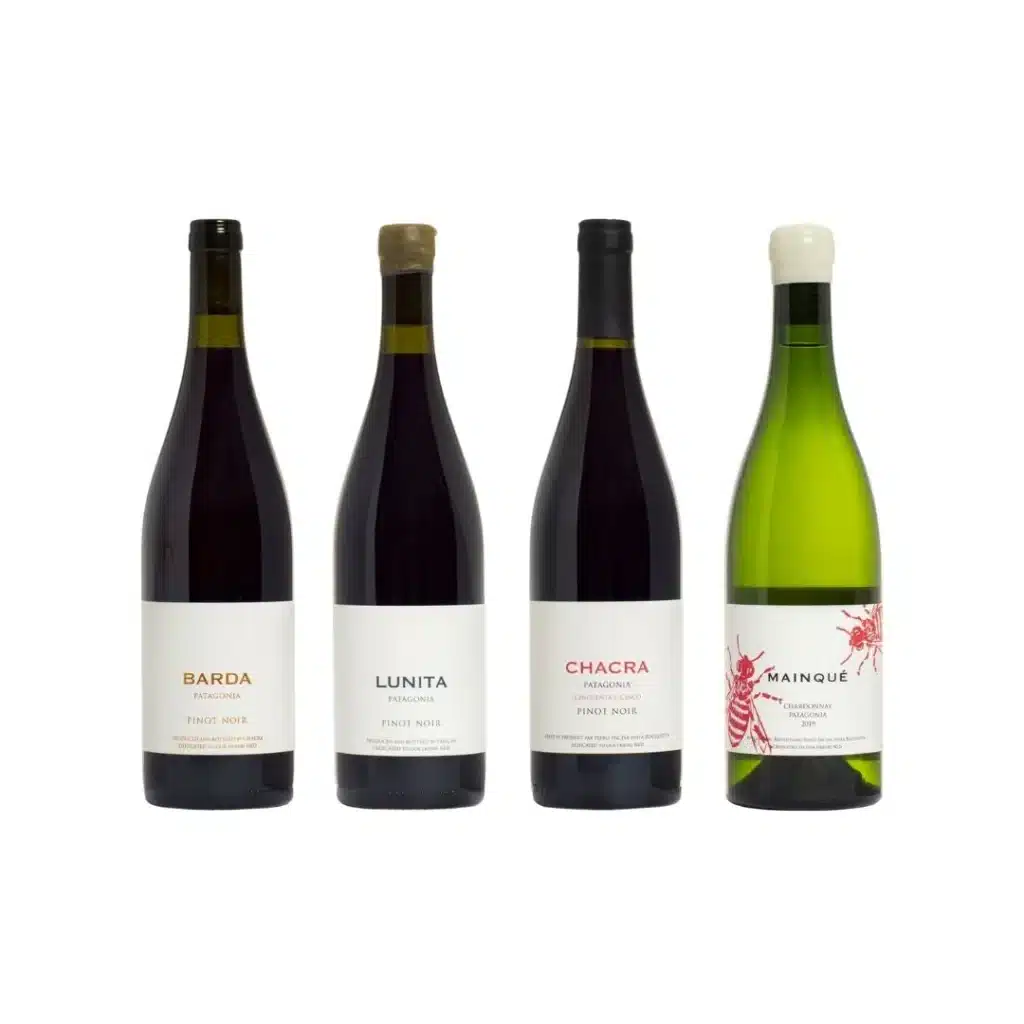
Bodega Chacra is a winery that is located in Patagonia. The winery is known for its Pinot Noir, which is grown in the Cincuenta y Cinco vineyard. This wine has been named Wine of the Year by Wine & Spirits.
These are just a few of the notable wineries in Argentina. There are many other wineries in the country that are worth visiting, so be sure to do your research and plan your wine tour accordingly.
Key Grape Varieties
Argentina is home to a wide variety of grape varieties, each with its own unique characteristics and flavors. Here are some of the most important grape varieties used in Argentine wine production:
Malbec

Malbec is the most famous grape variety in Argentina, and for good reason. It is known for producing full-bodied red wines with dark fruit flavors and a smooth finish. Malbec is particularly well-suited to the high-altitude vineyards of Mendoza, where it is the most widely planted grape variety.
Chardonnay

Chardonnay is a popular white grape variety in Argentina, known for producing crisp, refreshing wines with notes of citrus and tropical fruit. It is often aged in oak barrels to add complexity and depth to the wine.
Cabernet Franc

Cabernet Franc is a red grape variety that is often used in blends with other grapes, such as Malbec and Cabernet Sauvignon. It is known for producing wines with a spicy, herbaceous flavor profile.
Cabernet Sauvignon

Cabernet Sauvignon is a red grape variety that is widely planted in Argentina. It is known for producing full-bodied wines with dark fruit flavors and complex tannins.
Pinot Noir

Pinot Noir is a red grape variety that is notoriously difficult to grow, but when done well, it can produce some of the most elegant and complex wines in the world. In Argentina, Pinot Noir is often grown in cooler regions, such as Patagonia.
Torrontés
Torrontés is a white grape variety that is unique to Argentina. It is known for producing aromatic wines with floral and citrus notes.
Sauvignon Blanc

Sauvignon Blanc is a white grape variety that is grown in many wine regions around the world, including Argentina. It is known for producing crisp, refreshing wines with notes of green apple and grapefruit.
Bonarda
Bonarda is a red grape variety that is native to Argentina. It is known for producing fruity, easy-drinking wines with soft tannins.
Syrah
Syrah is a red grape variety that is often used in blends with other grapes, such as Malbec and Cabernet Sauvignon. It is known for producing wines with dark fruit flavors and spicy notes.
Criolla Grande
Criolla Grande is a red grape variety that is native to Argentina. It is often used in blends with other grapes, and is known for producing light, easy-drinking wines.
Criolla Chica
Criolla Chica is another red grape variety that is native to Argentina. It is often used in blends with other grapes, and is known for producing wines with light, fruity flavors.
Semillon
Semillon is a white grape variety that is often used in blends with other grapes, such as Chardonnay and Sauvignon Blanc. It is known for producing wines with a rich, creamy texture and notes of honey and apricot.
Tannat
Tannat is a red grape variety that is native to France, but is also grown in Argentina. It is known for producing wines with bold tannins and dark fruit flavors.
Tempranillo
Tempranillo is a red grape variety that is widely planted in Spain, but is also grown in Argentina. It is known for producing wines with a spicy, earthy flavor profile.
Cot
Cot, also known as Malbec in France, is a red grape variety that is native to southwestern France. It is often used in blends with other grapes, and is known for producing wines with dark fruit flavors and a smooth finish.
Overall, the wide variety of grape varieties grown in Argentina allows for a diverse range of wine styles and flavors. Whether you prefer reds or whites, there is sure to be an Argentine wine that suits your taste.
Viticulture and Winemaking
As a wine enthusiast, I have always been fascinated by the viticulture and winemaking practices of different regions. Argentina, with its rich history of winemaking, has always been on my radar. The country’s unique terroir, high altitude vineyards, and passionate winemakers have contributed to the production of some of the world’s best wines.
Vineyards in Argentina are spread across different regions, including Mendoza, San Juan, Salta, and La Rioja. These regions have diverse soil types, climates, and altitudes, which provide a range of growing conditions for different grape varieties. High altitude vineyards, which are located at over 1000 meters above sea level, are a hallmark of Argentine viticulture. These vineyards benefit from the intense sunlight, cool nights, and low humidity, which contribute to the production of grapes with concentrated flavors and aromas.
Winemaking in Argentina is a combination of traditional and modern practices. Most winemakers use stainless steel tanks for fermentation, which helps to preserve the fruit flavors and aromas. Oak barrels are also used for aging, which adds complexity and depth to the wines. Malbec, which is Argentina’s flagship grape variety, is known for its soft tannins, dark fruit flavors, and floral aromas. However, winemakers in Argentina are also experimenting with other grape varieties, such as Cabernet Sauvignon, Syrah, and Bonarda, which are also producing excellent wines.
The quality and consistency of Argentine wines have improved significantly over the years. Winemakers are paying more attention to vineyard management, grape selection, and winemaking techniques, which have resulted in wines with better structure, balance, and complexity. Producers are also adopting sustainable and organic farming practices, which help to preserve the environment and produce healthier grapes.
Vintages in Argentina are generally consistent, with most winemakers producing good quality wines every year. However, some vintages are exceptional, such as 2013, 2014, and 2016, which produced wines with outstanding quality and aging potential.
In conclusion, viticulture and winemaking in Argentina are characterized by high altitude vineyards, passionate winemakers, and a combination of traditional and modern practices. The country’s unique terroir, diverse grape varieties, and commitment to quality have contributed to the production of some of the world’s best wines.
Market and Exports
I am pleased to report that the wine market in Argentina has been growing steadily in recent years. The country is one of the world’s leading wine producers and the beverage is an integral part of Argentine culture. Wine plays an important role in bringing family and friends together, and it is often enjoyed with meals.
Argentina’s wine industry has been exporting its products to many countries around the world. In 2021, Argentina exported $850 million worth of wine, making it the 10th largest exporter of wine in the world. The main destinations for Argentine wine exports are the United States, the United Kingdom, Brazil, Canada, and the Netherlands. The United States is the largest importer of Argentine wine, accounting for $241 million of exports.
One of the reasons for the success of Argentine wine exports is the affordability of the wines. Argentine wines are known for their high quality and reasonable prices. This makes them attractive to consumers in many countries around the world.
The wine industry in Argentina is centered around the city of Mendoza, which is located in the foothills of the Andes Mountains. The region is known for its high-altitude vineyards, which produce grapes that are full of flavor and character. The wines produced in Mendoza are considered some of the best in the world, and they have won many international awards.
In conclusion, the wine market in Argentina is thriving, and the country’s wine industry is exporting its products to many countries around the world. Argentine wines are known for their high quality and reasonable prices, making them attractive to consumers in many countries. The region of Mendoza is the heart of the wine industry in Argentina, and it produces some of the best wines in the world.
Awards and Recognitions
Argentina has been making waves in the wine industry for years, and it’s no surprise that Argentine wines have received numerous awards and recognitions from prestigious wine critics and organizations worldwide. In this section, I will highlight some of the most notable awards and recognitions that Argentine wines have received.
- Wine of the Year: In 2016, the Wine Advocate named the Catena Zapata 2013 Adrianna Vineyard Mundus Bacillus Terrae Malbec as the Wine of the Year, with an impressive score of 98 points. This wine is produced by one of the most well-known wineries in Argentina, and it is a testament to the quality of Argentine Malbec.
- Argentine Wine of the Year : JamesSuckling.com named the 2015 Cheval des Andes as the Argentine Wine of the Year in 2018, with a score of 98 points. This wine is a blend of Malbec and Cabernet Sauvignon and is produced by a partnership between Chateau Cheval Blanc and Terrazas de los Andes.
- Wine Advocate : The Wine Advocate is one of the most influential wine publications in the world, and Argentine wines have received high scores from its critics over the years. In 2020, the Wine Advocate released a list of the Top 100 Wines of Argentina, with the 2017 Catena Zapata Adrianna Vineyard Fortuna Terrae taking the top spot with a score of 98+ points.
- Wine Spectator : Wine Spectator is another well-respected wine publication, and Argentine wines have also received high scores from its critics. In 2021, Wine Spectator released a list of the Top 100 Wines of the Andes, with the 2018 Achaval-Ferrer Finca Bella Vista Malbec taking the second spot on the list with a score of 95 points.
Overall, Argentine wines have received numerous awards and recognitions from respected critics and organizations worldwide. These awards and recognitions are a testament to the quality of Argentine wines and the hard work of the winemakers who produce them.
Future Trends
As I look to the future of the Argentine wine industry, I see several exciting trends emerging. One of the most notable is the rise of sparkling wine production. While Argentina has traditionally been known for its red wines, sparkling wine production has been on the rise in recent years. This trend is being driven by both domestic and international demand, with consumers seeking out high-quality sparkling wines that offer a unique taste experience.
Another trend that I see emerging is a focus on diversity. While Malbec has long been the flagship grape variety of Argentina, winemakers are increasingly exploring other varietals as well. Merlot, for example, is becoming more common in Argentine winemaking, with producers like Mainqué leading the way. This trend towards diversity is a positive development for the industry, as it allows for greater experimentation and innovation.
In addition to exploring new grape varieties, winemakers are also increasingly focused on terroir. This is particularly evident in the Uco Valley region, where producers like Zuccardi Finca Piedra Infinita Gravascal are creating wines that showcase the unique characteristics of the region’s soil and climate. This focus on terroir is helping to create wines that are truly unique and reflective of their place of origin.
Looking ahead, I believe that sustainability will continue to be a key focus for the Argentine wine industry. With organizations like Wines of Argentina joining the Sustainable Wine Round Table, there is a growing recognition of the importance of sustainability in winemaking. This trend towards sustainability is essential for the long-term health of the industry, and I am excited to see how it will continue to evolve in the years to come.
In conclusion, the future of the Argentine wine industry looks bright. With a focus on sparkling wine, diversity, terroir, and sustainability, I believe that the industry is well-positioned for continued growth and success. As a wine enthusiast, I am excited to see how these trends will continue to shape the industry in the years ahead.
Frequently Asked Questions
What are the top 10 wines from Argentina?
Argentina is famous for its Malbec wines, which are considered some of the best in the world. Other popular wines include Cabernet Sauvignon, Syrah, Bonarda, Torrontés, and Chardonnay. Some of the top 10 wines from Argentina are Bodega Catena Zapata Malbec, Achaval Ferrer Malbec, Trapiche Malbec, Luigi Bosca Malbec, and Susana Balbo Signature Malbec.
Which wine grapes are most commonly grown in Argentina?
The most commonly grown wine grapes in Argentina are Malbec, Cabernet Sauvignon, Bonarda, Syrah, and Torrontés. Malbec is the most widely planted grape variety in the country, and it is known for producing rich, full-bodied red wines.
What is the most popular wine in Argentina?
The most popular wine in Argentina is Malbec. It is a red wine that is made from the Malbec grape variety, which is grown in the Mendoza region of Argentina. Malbec is known for its deep color, intense fruit flavors, and smooth tannins.
Can you recommend some popular wine brands from Argentina?
Some popular wine brands from Argentina include Bodega Catena Zapata, Achaval Ferrer, Trapiche, Luigi Bosca, and Susana Balbo. These brands are known for producing high-quality wines that showcase the unique terroir of Argentina.
Are Argentine wines good quality?
Yes, Argentine wines are known for their high quality. The country has a long history of winemaking, and its winemakers are known for their attention to detail and commitment to producing the best possible wines. Argentine wines have won numerous awards and accolades, and they are highly regarded by wine experts around the world.
What are the different types of wine produced in Argentina?
Argentina produces a wide range of wines, including red, white, and rosé wines. Some of the most popular red wines include Malbec, Cabernet Sauvignon, Syrah, and Bonarda. Popular white wines include Torrontés, Chardonnay, and Sauvignon Blanc. Argentine winemakers are also known for producing high-quality sparkling wines and dessert wines.
My organised trips to Patagonia
In the carousel below you can see already assembled itineraries for inspiration, click on the one you are interested in and ask me for a quote.
Compact trip through the southernmost Argentinean Patagonia: Ushuaia and El Calafate
Enjoy the 3 most relevant ecosystems in Argentina: The End of the World, The Glaciers and the Iguazu Falls.
Trip to Patagonia Argentina in 7 days touring the most beautiful landscapes of Patagonia Argentina (Peninsula Valdés & El Calafate)
The Carretera Austral by rental car is probably one of the most spectacular routes in Patagonia, designed to be travelled with plenty of time in your rental car.
Tour along Route 40 in Patagonia, starting on Route 3 on the Atlantic coast and continuing along Route 40 until reaching the Andes Mountains and El Calafate.
The Australis Cruises are Expedition Cruises that sail through the Strait of Magellan and the Beagle Channel, exploring one of the most beautiful and unspoiled regions of the world such as Patagonia and Tierra del Fuego.
The Antarctic Cruise aboard the MV USHUAIA offers you an incredible introduction to the 'White Continent' at a reasonable price.




